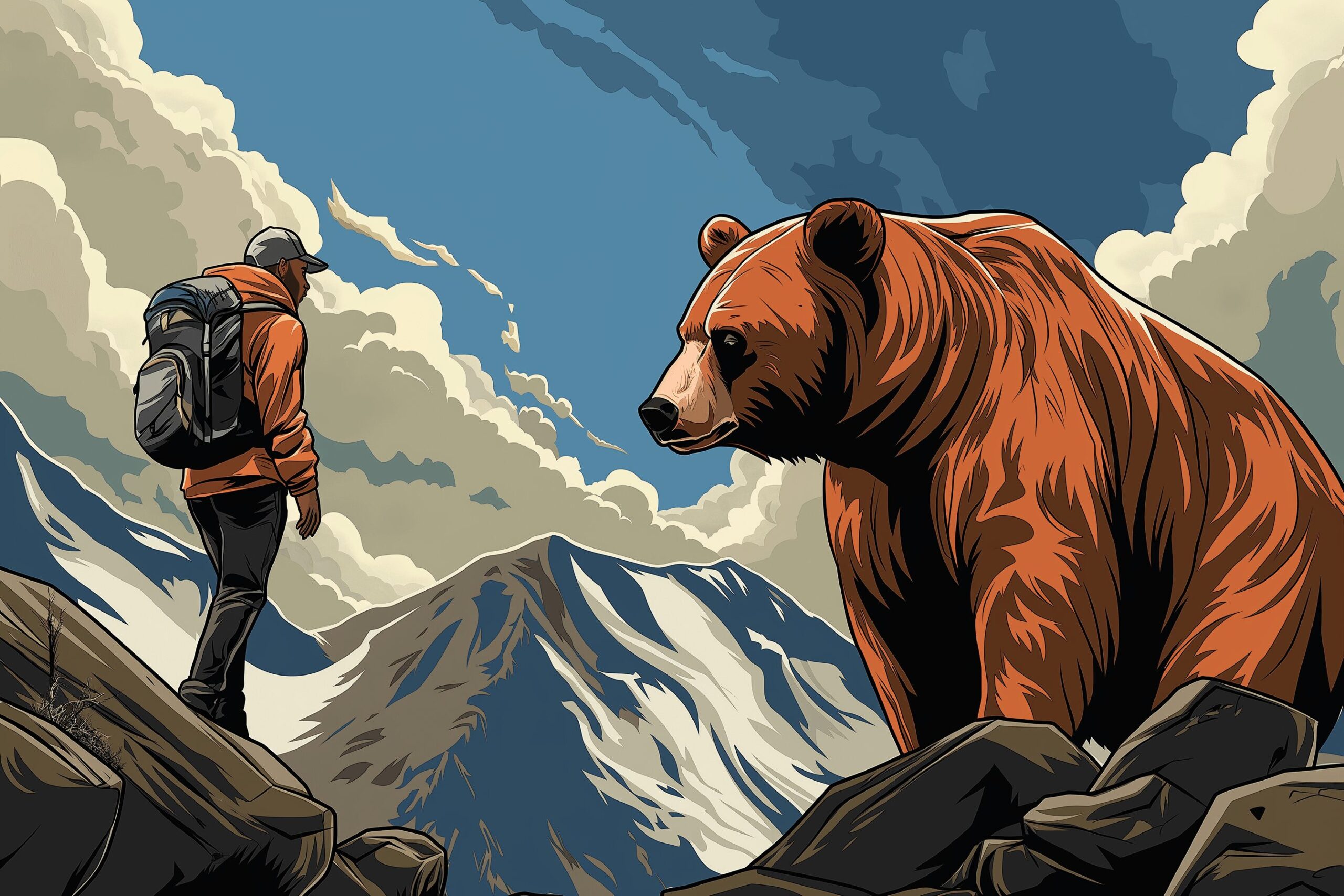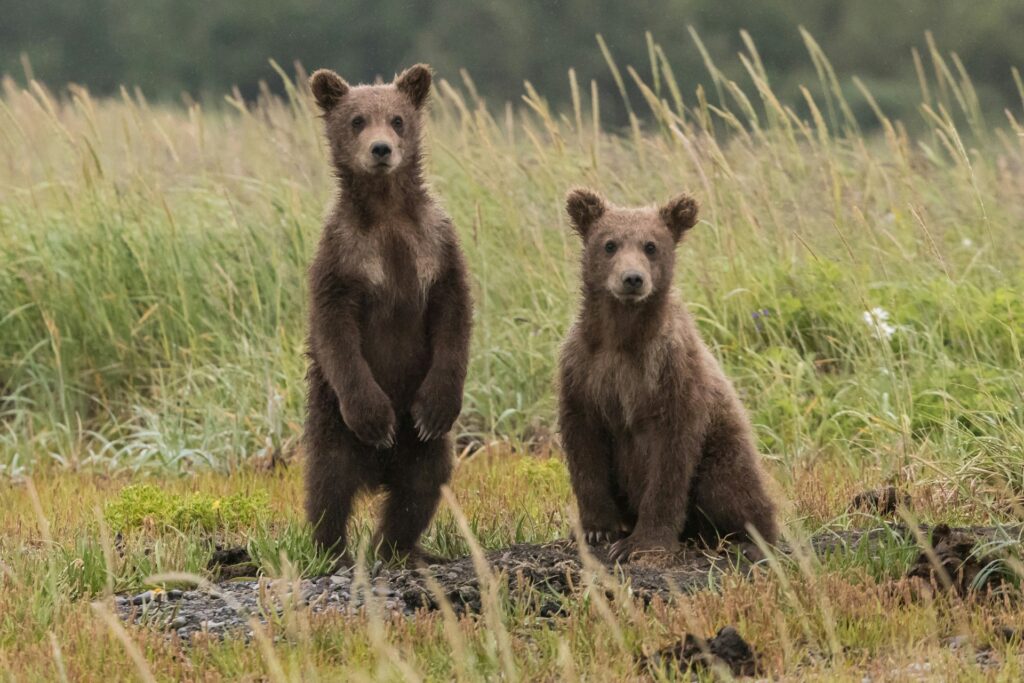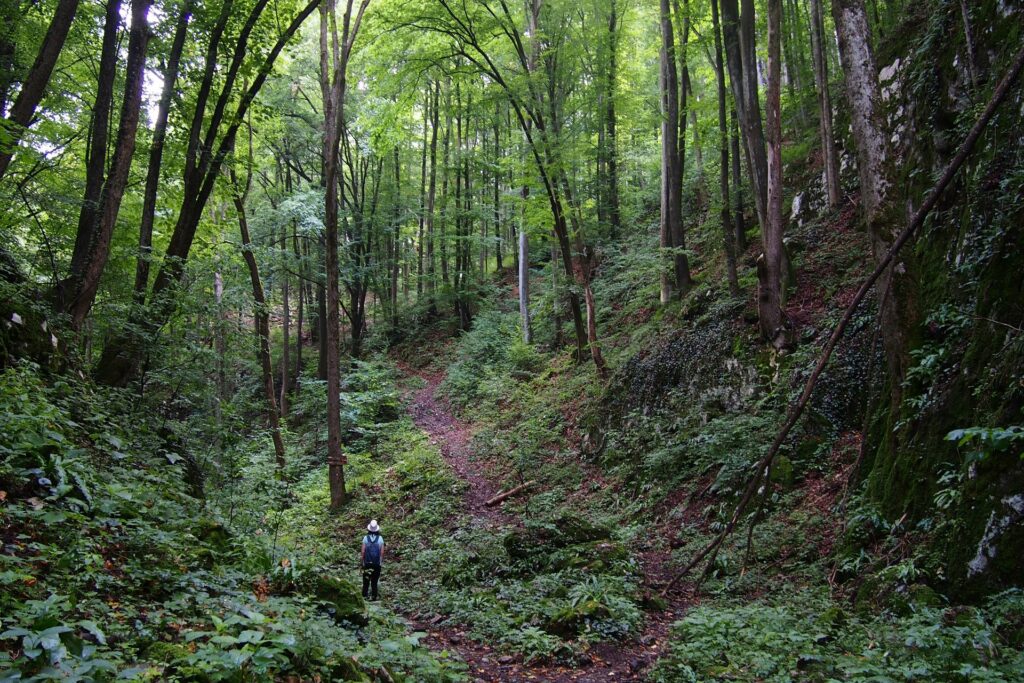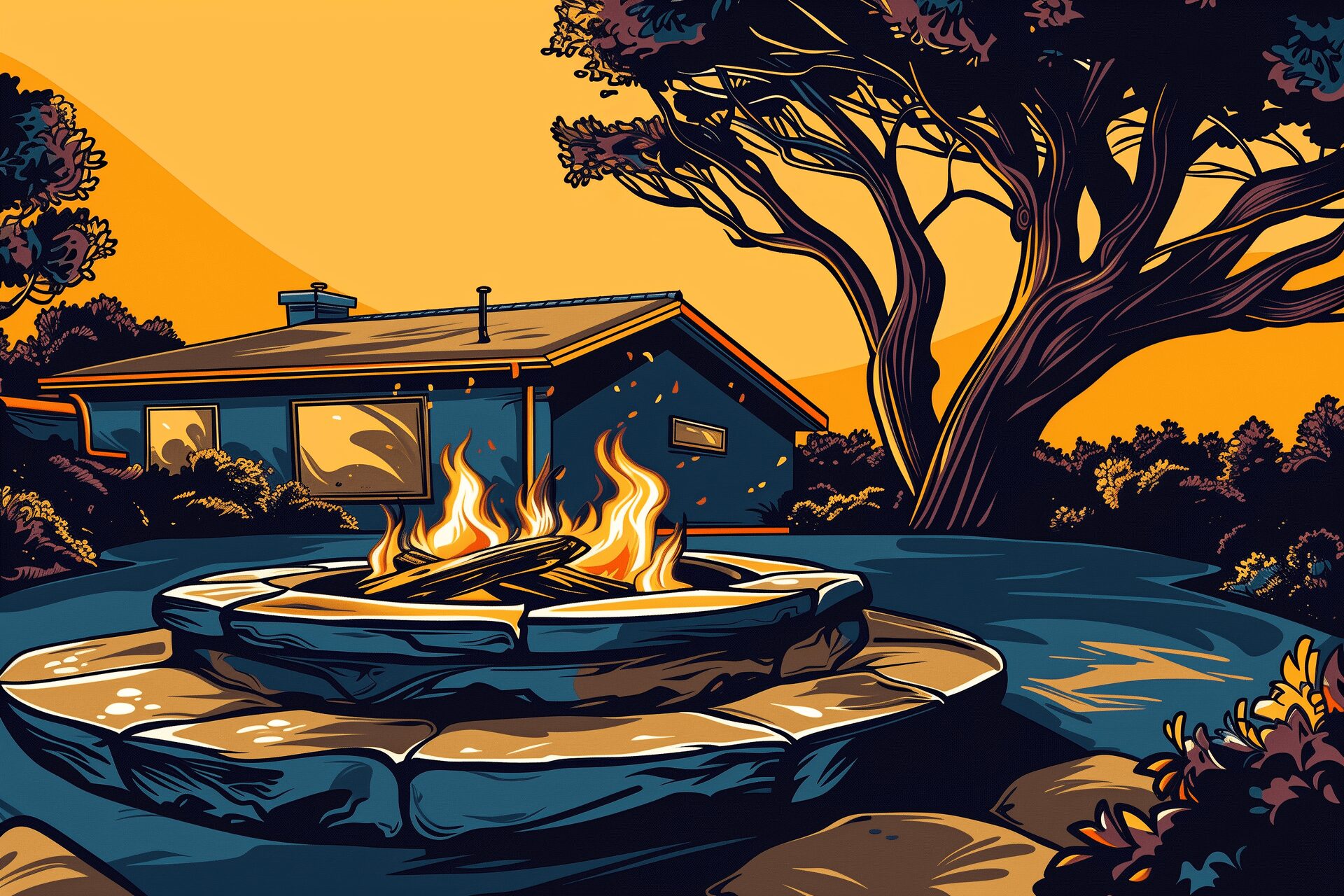Types of Bears You Might Encounter on Your Next Hiking Trip
May 07, 2024

As an Amazon Associate, Modded gets commissions for purchases made through links in this post.
As you lace up your hiking boots and step into the great outdoors, the beauty of nature unfolds before you with every step. Moreover, there’s the added thrill of potentially encountering wildlife — including various types of bears — in their natural habitats.
Whether it’s the dense, whispering forests, the vast, open mountains or the tranquil, hidden valleys, each trail offers its unique charm. Keep your senses sharp and your camera ready in these situations. Meeting a bear on the trail can turn an ordinary hike into an extraordinary adventure.

Types of Bears Commonly Seen While Hiking
As you embark on your next hiking adventure, it’s fascinating to consider the variety of bear species you might come across in the wild. From the familiar black bear to the formidable grizzly, each type has unique traits and habitats, enriching your outdoor experience with their presence.
Black Bears
Black bears — recognized as North America’s most familiar and common bears — are a sight to behold with their sleek, dark fur and robust build. Sometimes, these bears can sport lighter cinnamon shades.
Typically weighing between 200 and 600 pounds, these adaptable creatures roam from the dense forests of Canada and Alaska, stretching south into parts of the U.S. and Mexico. As you explore these regions, you might spot them foraging in the woods or crossing a meadow, a testament to their wide-ranging habitats and ability to thrive in various environments.
Grizzly Bears
Grizzly bears, also known as brown bears, are larger and more robust than their black bear cousins, with a distinct muscular hump on their shoulders and longer, curved claws for digging. Their fur can range from a dark brown to a light tan, often with grizzled gray or golden tips, giving them their name.
You’ll typically find them in the northern Rocky Mountains, parts of Alaska and some isolated areas in western Canada, where they roam from coastal areas to mountain forests. As you venture into these wild, less-populated regions, watch for these imposing yet magnificent types of bears in their natural habitats.
Polar Bears
While hiking, encountering a polar bear is rare, as these majestic creatures predominantly roam the icy, remote Arctic regions. Suppose your adventures take you to colder climates, especially Alaska.
You might be among the lucky few who spot one of the estimated 4,000 to 7,000 polar bears residing there. Known for their stark white fur, which helps them blend seamlessly into their snowy surroundings, polar bears are a thrilling sight, embodying the wild spirit of the Arctic’s vast landscapes.
Asiatic Bears
Asiatic bears, often called moon bears for the distinctive crescent-shaped white patch on their chest, boast a sleek black coat and a relatively small size compared to other types of bears. These species primarily dwell in the forested areas of Asia.
They roam through countries like Japan, Korea, China and parts of Russia and India. As you wander through these lush landscapes, watch for these unique creatures. They blend remarkably well into the dense foliage of their woodland habitats.
Sloth Bears
Sloth bears stand out among their bear relatives with their shaggy black coats and a distinctive pale, shaggy mane around their faces. Unlike other bears, sloth bears primarily feast on insects. They use their long, curved claws and uniquely adapted lips to extract termites and bees from their nests expertly.
They are native to the Indian subcontinent. However, suppose your travels or visits to wildlife reserves take you around the U.S. You might find it intriguing that there are about 30 sloth bears across 15 facilities in the country. They offer a rare glimpse of these fascinating creatures far from their natural habitats.

Preparing for Bear Encounters
Preparing correctly and staying aware of your surroundings is crucial when hiking in bear country. Before you set out, pack bear-safe food containers to store your snacks securely, reducing the chance of attracting curious types of bears. Additionally, it’s wise to bring high-energy snacks like nuts, trail mix and energy bars to keep your energy levels up during your trek.
If you find yourself face-to-face with a bear, remain calm and avoid running or making sudden movements, as these can trigger a chase response. Speak in a relaxed, firm voice to let the bear know you are human and not prey. Always carry bear spray, a vital tool to deter a bear from approaching. It releases a cloud of pepper spray up to about 10 meters at over 100km per hour.
Suppose the bear does not retreat. Use your bear spray as directed, aiming carefully and allowing the spray to create a barrier between you and the bear. It facilitates your safe withdrawal from the area. Remember, your safety comes first, so educate yourself and be prepared for encounters.
Best Practices for Bear Watching
In 2023, over 61 million Americans embraced the great outdoors through hiking. They connect with nature and often encounter its majestic inhabitants, like various types of bears. When observing and photographing these powerful creatures, it’s essential to maintain a safe distance to ensure your safety and their peace.
Equip yourself with binoculars or a camera with a strong zoom lens to capture stunning images from afar. This method provides remarkable snapshots and protects the bears’ natural behavior and environment.
While enjoying the thrill of bear watching, remember the ethical responsibility to respect and preserve wildlife and their habitats. Avoid disturbing or threatening bears, such as getting too close or trying to feed them.
By acting responsibly, you contribute to conservation efforts and ensure future generations will enjoy the opportunity to witness these incredible animals in their natural settings. Keep in mind that observing from a distance is safer and more respectful to the wildlife you’re admiring.

Where and When to Hike for Optimal Bear Sightings
The best times to see bears in the wild are during the spring when they emerge from hibernation and in early fall as they bulk up for the winter. In North America, prime spots for bear sightings include Yellowstone and Glacier National Parks. They are known for their grizzly populations, while the Great Smoky Mountains have black bears.
Consider joining guided wildlife tours or bear-watching hiking groups to enhance your experience and ensure safety. Knowledgeable guides lead these tours and can provide insights into bear behaviors and habitats. It greatly increases your chances of a sighting while maintaining a respectful distance from these magnificent creatures.
Understanding Bear Behavior and Safety on the Trail
Before setting out on your next hiking adventure, take the time to educate yourself about bears and other wildlife you may encounter. Knowledge of their behaviors and habitats enriches your experience. It ensures a safer journey for you and the animals you observe.




